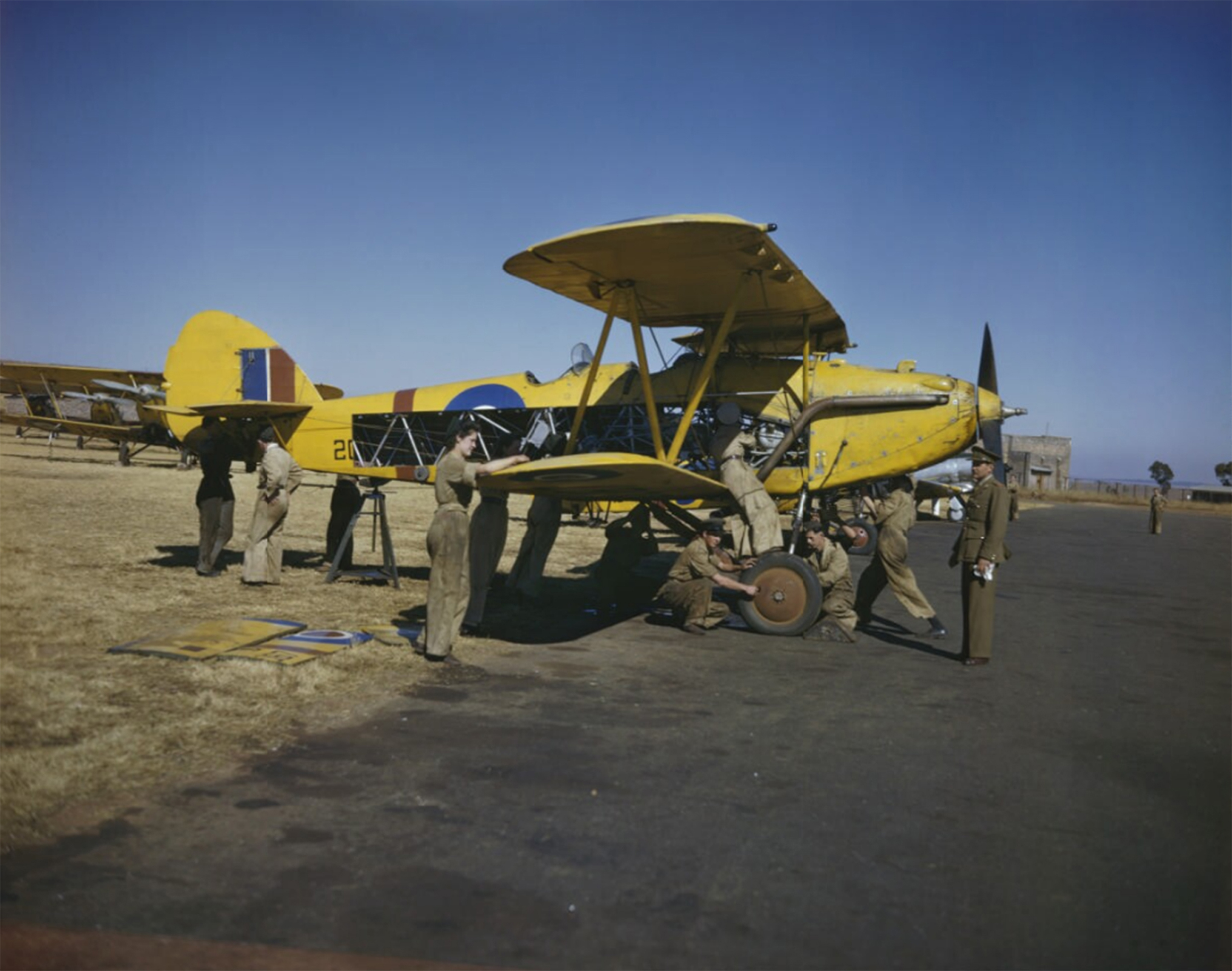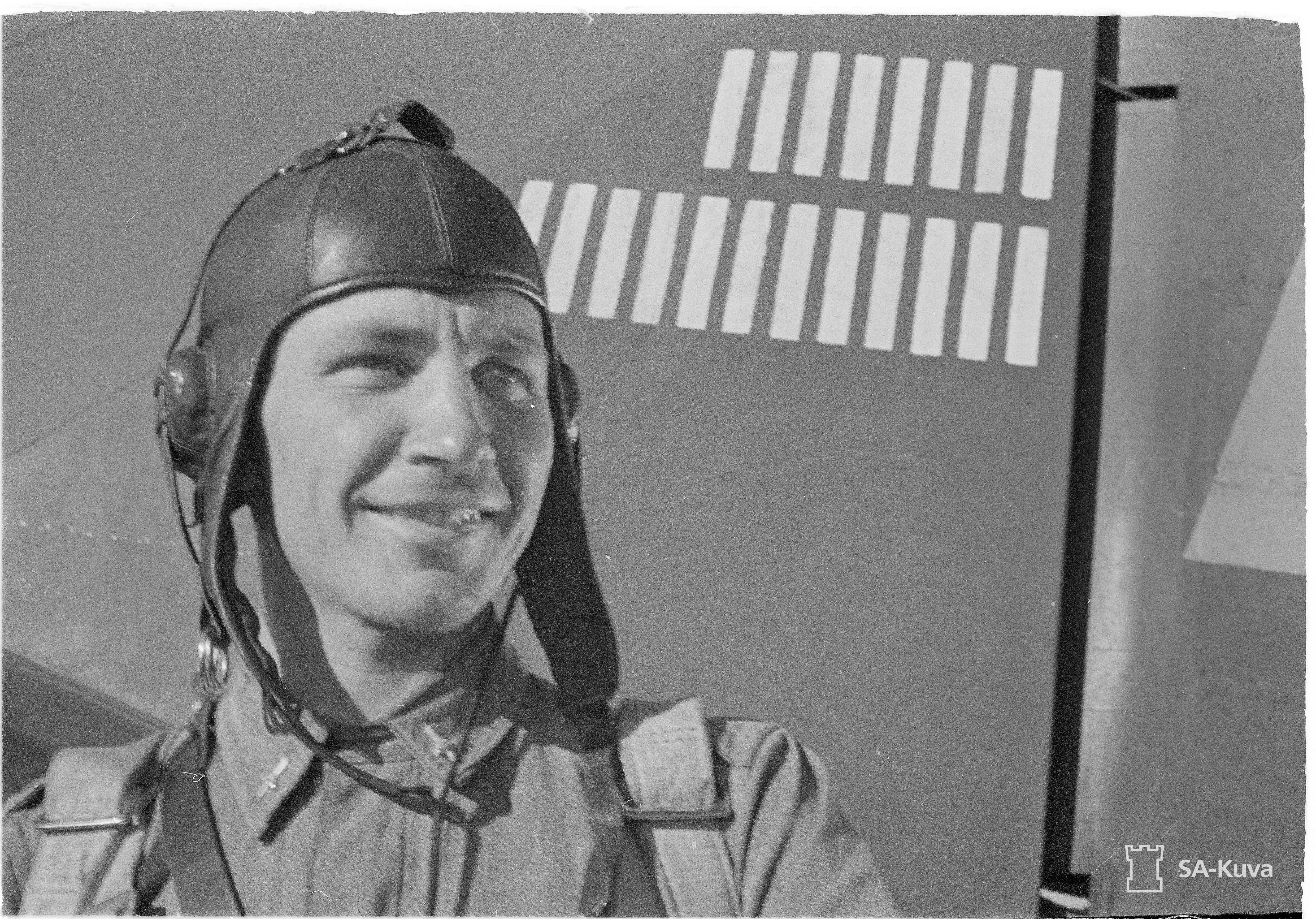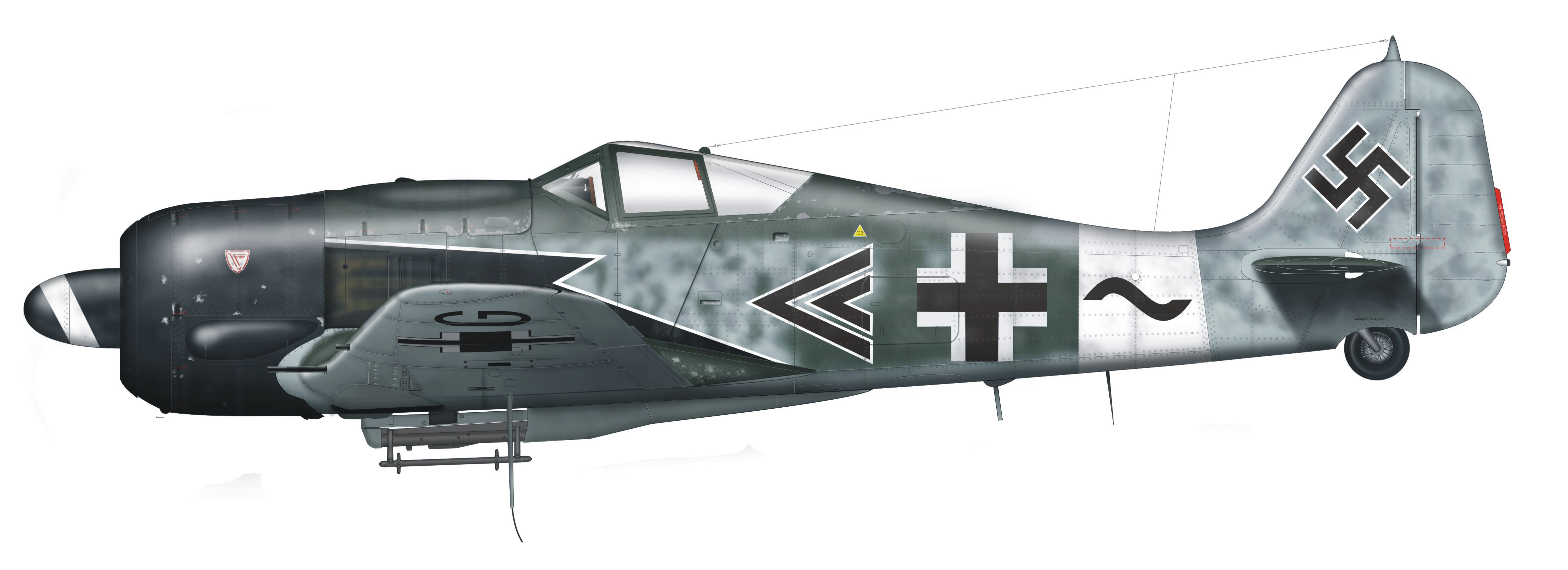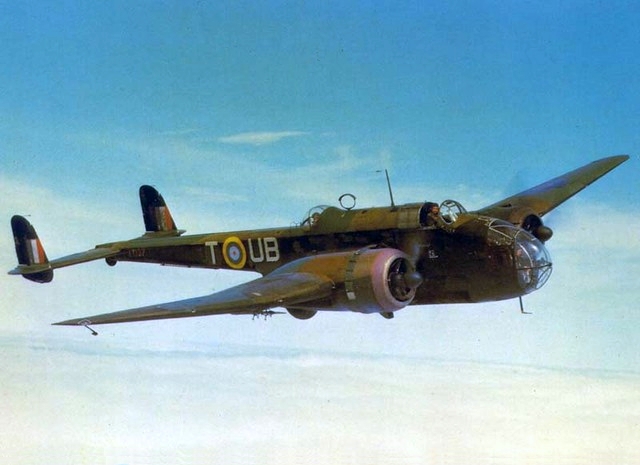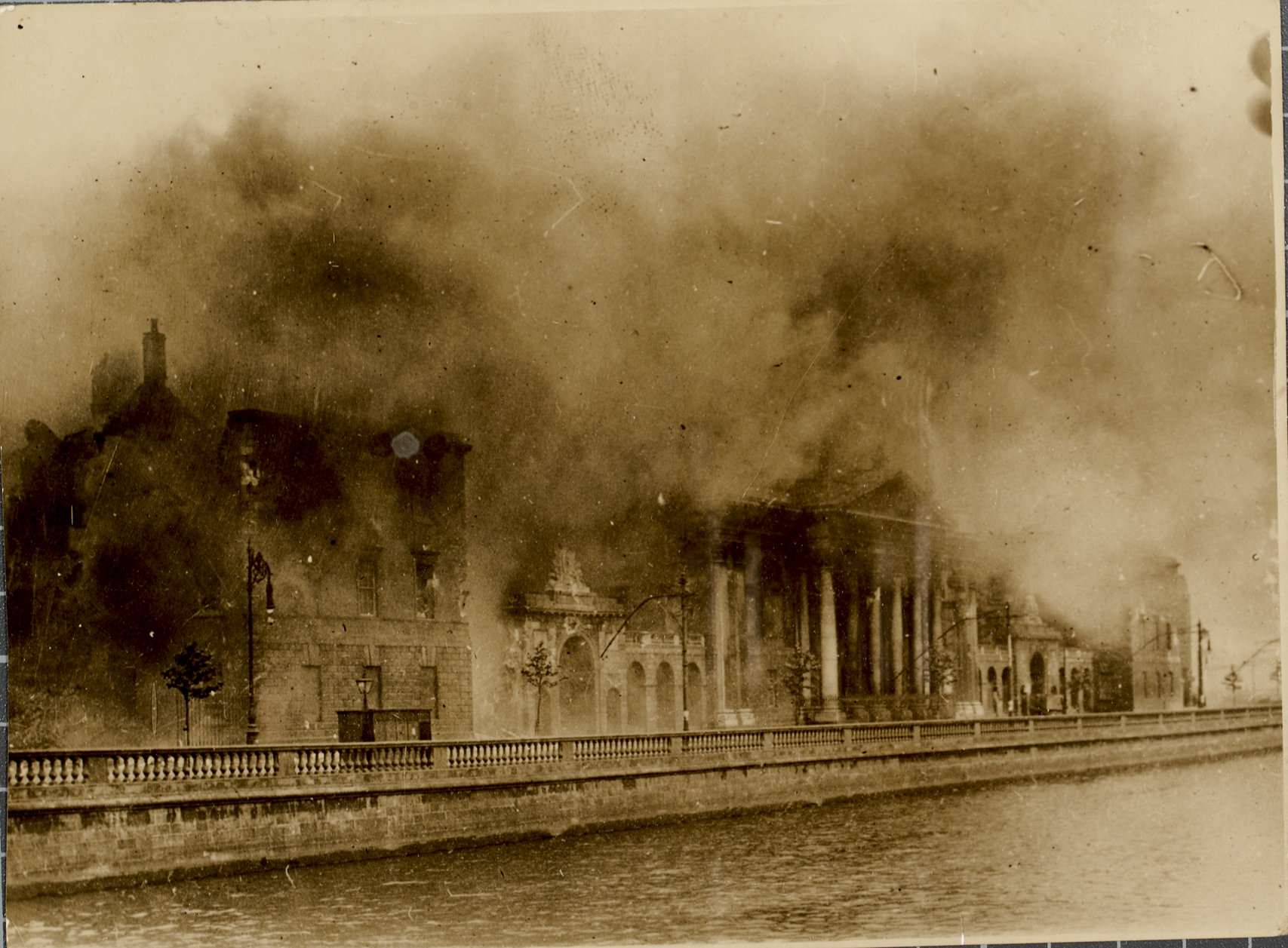|
Brendan Finucane
Wing Commander Brendan Eamonn Fergus Finucane, ( ; 16 October 1920 – 15 July 1942), known as Paddy Finucane among his colleagues, was an Irish Second World War Royal Air Force (RAF) fighter pilot and flying ace—defined as an aviator credited with five or more enemy aircraft destroyed in aerial combat. Born into a Catholic family, Finucane grew up during the period also known as the "early troubles" and the Irish Civil War. In 1936, the family moved to England, where he developed an interest in aviation. Finucane was keen to fly, applied to join the RAF and was accepted for training as a pilot in August 1938. After a shaky training career, in which he crash-landed on one occasion, he received news that he had completed flight training. In June–July 1940, he began conversion training on the Supermarine Spitfire. On 13 July, Finucane was posted to No. 65 Squadron at RAF Hornchurch. Finucane's first victory was scored on 12 August 1940 during the Battle of Britain. Dur ... [...More Info...] [...Related Items...] OR: [Wikipedia] [Google] [Baidu] |
Shamrock
A shamrock is a type of clover, used as a symbol of Ireland. The name ''shamrock'' comes from Irish (), which is the diminutive of the Irish word and simply means "young clover". At most times'', Shamrock'' refers to either the species (lesser/yellow clover, Irish: ) or ''Trifolium repens'' (white clover, Irish: ). However, other glossary of leaf morphology#trifoliate, three-leaved plants—such as ''Medicago lupulina'', ''Trifolium pratense'', and ''Oxalis acetosella''—are sometimes called shamrocks. The shamrock was traditionally used for its Herbalism, medicinal properties, and was a popular motif (visual arts), motif in Victorian era, Victorian times. Botanical species There is still not a consensus over the precise Botany, botanical species of clover that is the "true" shamrock. John Gerard in his herbal of 1597 defined the shamrock as ''Trifolium pratense'' or ''Trifolium pratense flore albo'', meaning red or red clover with white flowers. He described the p ... [...More Info...] [...Related Items...] OR: [Wikipedia] [Google] [Baidu] |
Fighter Pilot
A fighter pilot or combat pilot is a Military aviation, military aviator trained to engage in air-to-air combat, Air-to-ground weaponry, air-to-ground combat and sometimes Electronic-warfare aircraft, electronic warfare while in the cockpit of a fighter aircraft. Fighter pilots undergo specialized training in aerial warfare and dogfighting (close range aerial combat). A fighter pilot with at least five air-to-air kills becomes known as an flying ace, ace. Recruitment Fighter pilots are one of the most highly regarded and desirable positions of any air force. Selection processes only accept the elite out of all the potential candidates. An individual who possesses an exceptional academic record, physical fitness, healthy well-being, and a strong mental drive will have a higher chance of being selected for pilot training. Candidates are also expected to exhibit strong leadership and teamwork abilities. In nearly all air forces, fighter pilots are Officer (armed forces), commis ... [...More Info...] [...Related Items...] OR: [Wikipedia] [Google] [Baidu] |
Irish War Of Independence
The Irish War of Independence (), also known as the Anglo-Irish War, was a guerrilla war fought in Ireland from 1919 to 1921 between the Irish Republican Army (1919–1922), Irish Republican Army (IRA, the army of the Irish Republic) and United Kingdom of Great Britain and Ireland, British forces: the British Army, along with the quasi-military Royal Irish Constabulary (RIC) and its paramilitary forces the Auxiliary Division, Auxiliaries and Ulster Special Constabulary (USC). It was part of the Irish revolutionary period. In April 1916, Irish republicanism, Irish republicans launched the Easter Rising against British rule in Ireland, British rule and Proclamation of the Irish Republic, proclaimed an Irish Republic. Although it was defeated after a week of fighting, the Rising and the British response led to greater popular support for Irish independence. In the 1918 Irish general election, December 1918 election, republican party Sinn Féin won a landslide victory in Ireland. O ... [...More Info...] [...Related Items...] OR: [Wikipedia] [Google] [Baidu] |
Leicester, England
Leicester ( ) is a city status in the United Kingdom, city, Unitary authorities of England, unitary authority area, and the county town of Leicestershire in the East Midlands of England. It is the largest city in the East Midlands with a population of in . The greater Leicester urban area had a population of 559,017 in 2021, making it the 11th most populous in England, and the List of urban areas in the United Kingdom, 13th most populous in the United Kingdom. A 2023 report ranked Leicester 16th out of the 50 largest UK cities on a range of economic measures, and the first of seven East Midlands cities. The city lies on the River Soar and is approximately north-northwest of London, east-northeast of Birmingham and northeast of Coventry. Nottingham and Derby lie around to the north and northwest respectively, whilst Peterborough is located to the east. Leicester is close to the eastern end of the National Forest, England, National Forest. Leicester has a long history exten ... [...More Info...] [...Related Items...] OR: [Wikipedia] [Google] [Baidu] |
Messerschmitt Bf 110
The Messerschmitt Bf 110, often known unofficially as the Me 110,Because it was built before ''Bayerische Flugzeugwerke'' became Messerschmitt AG in July 1938, the Bf 110 was never officially given the designation Me 110. is a twin-engined (destroyer, heavy fighter), fighter-bomber (''Jagdbomber'' or ''Jabo''), and night fighter (''Nachtjäger'') designed by the German aircraft company Bayerische Flugzeugwerke (BFW) and produced by successor company Messerschmitt. It was primarily operated by the ''Luftwaffe'' and was active throughout the Second World War. Development of the Bf 110 commenced during the first half of the 1930s; one early proponent of the type was Hermann Göring, who believed its heavy armament, speed, and range would make it the premier offensive fighter of the ''Luftwaffe''. Early variants were armed with a pair of MG FF 20 mm cannon, four 7.92 mm (.323 in) MG 17 machine guns, and one 7.92 mm (.323 in) MG 15 machine gun for defence (late ... [...More Info...] [...Related Items...] OR: [Wikipedia] [Google] [Baidu] |
Focke-Wulf Fw 190
The Focke-Wulf Fw 190, nicknamed ''Würger'' (Shrike) is a German single-seat, single-engine fighter aircraft designed by Kurt Tank at Focke-Wulf in the late 1930s and widely used during World War II. Along with its well-known counterpart, the Messerschmitt Bf 109, the Fw 190 became the backbone of the (Fighter Force) of the . The twin-row BMW 801 radial engine that powered most operational versions enabled the Fw 190 to lift larger loads than the Bf 109, allowing its use as a day fighter, fighter-bomber, ground-attack aircraft and to a lesser degree, night fighter. The Fw 190A started flying operationally over France in August 1941 and quickly proved superior in all but turn radius to the Supermarine Spitfire (early Merlin-powered variants)#Mk V (Mk V (Types 331, 349 and 352)), Spitfire Mk. V, the main front-line fighter of the Royal Air Force (RAF), particularly at low and medium altitudes. The 190 maintained its superiority over Allies of World War II, Allied fighters until ... [...More Info...] [...Related Items...] OR: [Wikipedia] [Google] [Baidu] |
Messerschmitt Bf 109
The Messerschmitt Bf 109 is a monoplane fighter aircraft that was designed and initially produced by the Nazi Germany, German aircraft manufacturer Messerschmitt#History, Bayerische Flugzeugwerke (BFW). Together with the Focke-Wulf Fw 190, the Bf 109 formed the backbone of the ''Luftwaffe's'' fighter force during the World War II. It was commonly called the Me 109 by Allied aircrew and some German aces/pilots, even though this was not the official model designation. The Bf 109 was designed by Willy Messerschmitt and Robert Lusser, who worked at BFW during the early to mid-1930s. It was conceived as an interceptor aircraft, interceptor. However, later models were developed to fulfill multiple tasks, serving as Escort fighter, bomber escort, fighter-bomber, day fighter, day-, night fighter, night-, all-weather fighter, ground-attack aircraft, and aerial reconnaissance aircraft. It was one of the most advanced fighters when the fighter first appeared, being furnished with an all-me ... [...More Info...] [...Related Items...] OR: [Wikipedia] [Google] [Baidu] |
Squadron Leader
Squadron leader (Sqn Ldr or S/L) is a senior officer rank used by some air forces, with origins from the Royal Air Force. The rank is used by air forces of many countries that have historical British influence. Squadron leader is immediately senior to flight lieutenant and immediately below wing commander. It is usually equivalent to the rank of lieutenant commander in the navy and of the rank of major in other services. The equivalent rank in the Women's Auxiliary Air Force, Women's Royal Air Force (until 1968) and Princess Mary's Royal Air Force Nursing Service (until 1980) was "squadron officer". Squadron leader has also been used as a cavalry command appointment (UK) and rank (France) since at least the nineteenth century. In Argentina it is used as a command appointment by both the army's cavalry and by the air force's flying units. The cavalry rank of squadron leader in France is equivalent to a major, and the cavalry appointment of squadron leader in the UK gene ... [...More Info...] [...Related Items...] OR: [Wikipedia] [Google] [Baidu] |
Circus Offensive
Circus was the codename given to operations by the Royal Air Force (RAF) during the Second World War where bombers, with a mass escort of fighters, were sent over continental Europe to bring fighters into combat. These were usually formations of 20 to 30 bombers escorted by up to 16 squadrons of escort fighters. Bomber formations of this size could not be ignored by the . At first medium bombers such as the Handley Page Hampden were used but even with many escorts they were too vulnerable to and German fighters. The Hampdens were replaced with Bristol Blenheim light bombers but those fared no better. Heavy bombers such as the Short Stirling were easier to escort but after several missions RAF Bomber Command, Bomber Command needed them back. The Hawker_Hurricane_variants#Hurricane_IIC, "Hurribomber", a fighter-bomber development of the Hawker Hurricane, was used with better results, although the small bomb load carried by this aircraft caused little damage. There were other G ... [...More Info...] [...Related Items...] OR: [Wikipedia] [Google] [Baidu] |
Supermarine Spitfire
The Supermarine Spitfire is a British single-seat fighter aircraft that was used by the Royal Air Force and other Allies of World War II, Allied countries before, during, and after World War II. It was the only British fighter produced continuously throughout the war. The Spitfire remains popular among enthusiasts. Around List of surviving Supermarine Spitfires, 70 remain airworthy, and many more are static exhibits in aviation museums throughout the world. The Spitfire was a short-range, high-performance interceptor aircraft designed by R. J. Mitchell, chief designer at Supermarine Aviation Works, which operated as a subsidiary of Vickers-Armstrong from 1928. Mitchell modified the Spitfire's distinctive elliptical wing (designed by Beverley Shenstone) with innovative sunken rivets to have the thinnest possible cross-section, achieving a potential top speed greater than that of several contemporary fighter aircraft, including the Hawker Hurricane. Mitchell continued to refine ... [...More Info...] [...Related Items...] OR: [Wikipedia] [Google] [Baidu] |
Irish Civil War
The Irish Civil War (; 28 June 1922 – 24 May 1923) was a conflict that followed the Irish War of Independence and accompanied the establishment of the Irish Free State, an entity independent from the United Kingdom but within the British Empire. The civil war was waged between the Provisional Government of Ireland (1922), Provisional Government of Ireland and the Irish Republican Army (1922–1969), Anti-Treaty IRA over the Anglo-Irish Treaty. The Provisional Government (that became the Free State in December 1922) supported the terms of the treaty, while the Anglo-Irish Treaty Dáil vote#Anti-Treaty, anti-Treaty opposition saw it as a betrayal of the Irish Republic proclaimed during the Easter Rising of 1916. Many of the combatants had fought together against the British in the Irish Republican Army (1919–1922), Irish Republican Army during the War of Independence and had divided after that conflict ended and the Irish Republican Army and the Anglo-Irish Treaty, treaty neg ... [...More Info...] [...Related Items...] OR: [Wikipedia] [Google] [Baidu] |
